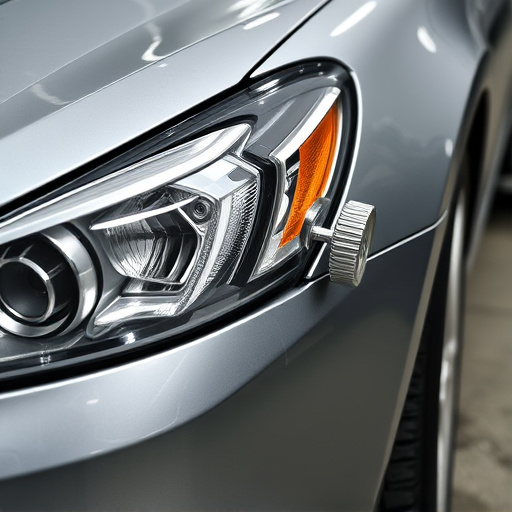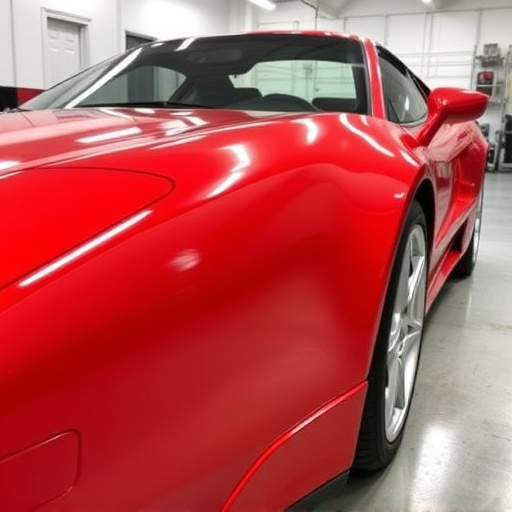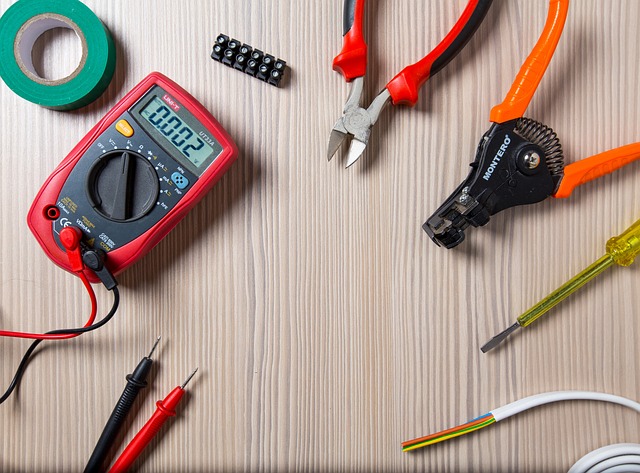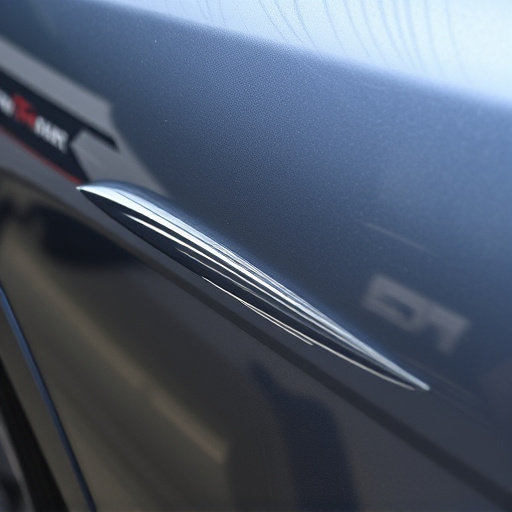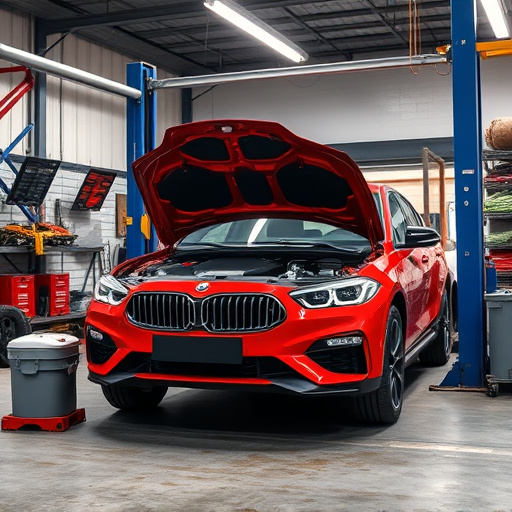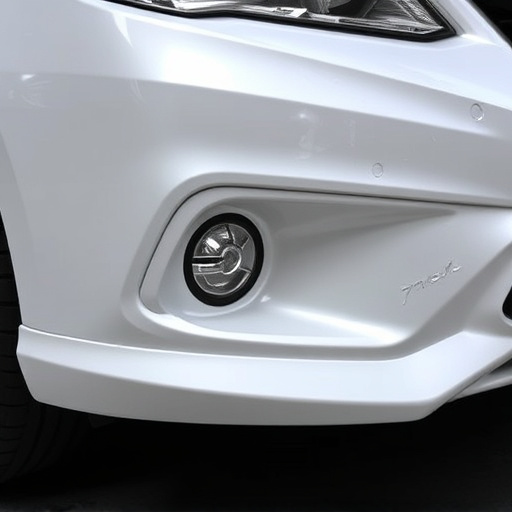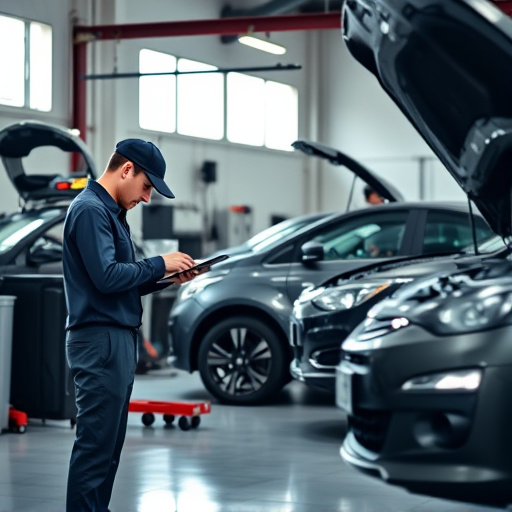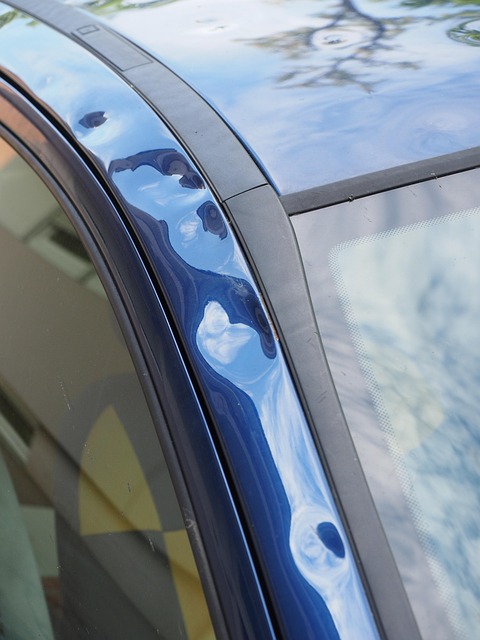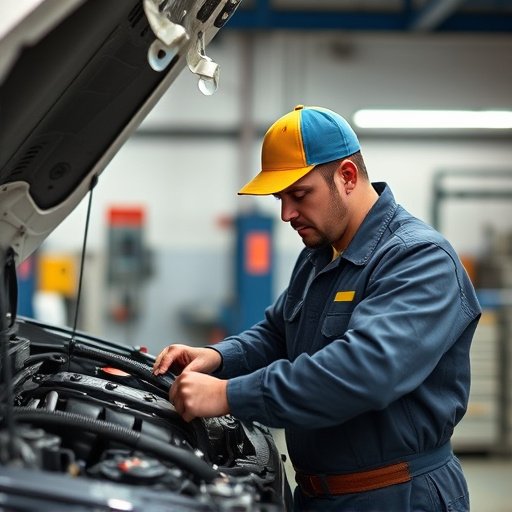Delay concerns in collision repairs stem from parts availability, complex damage, coordination issues, inefficient workflows, and lack of personnel. Digital solutions like advanced estimating, integrated inventory management, and optimized workflows can streamline services, enhance efficiency, and improve customer satisfaction. Effective communication through thorough damage assessments and coordinated networks reduces delays caused by resource allocation and scheduling challenges, leading to timely, high-quality vehicle restoration.
Collision repair delays are a common frustration for both insurance companies and policyholders. These delays can significantly impact restoration times, causing inconvenience and increased costs. This article delves into the root causes of these delays, exploring how inefficient processes, poor communication, and complex procedures contribute to the problem. We offer practical strategies to streamline collision repair, emphasizing enhanced communication, standardized protocols, and technology integration for a faster, more efficient restoration process.
- Understanding Common Causes of Collision Repair Delays
- Streamlining Processes to Expedite Collision Repair
- Enhancing Communication for Timely Collision Restoration
Understanding Common Causes of Collision Repair Delays
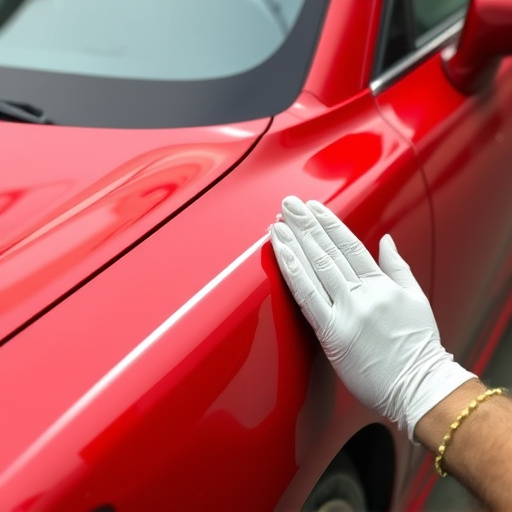
Collision repairs often face delays due to a variety of reasons, each contributing to longer waiting times and increased costs for both customers and repair shops. Common causes include insufficient parts availability, where specialized or rare components may take weeks to arrive from manufacturers, causing hold-ups in the entire repair process. Another significant factor is complex car damage repair, especially with modern vehicles featuring advanced safety systems and intricate bodywork designs. Diagnosing and rectifying such damages accurately can be time-consuming, requiring skilled technicians and specialized equipment.
Moreover, coordination among different departments within a repair shop or communication gaps with insurance providers can lead to delays. Inefficient workflows, lack of trained personnel, and inadequate facility management also play significant roles in prolonging automotive collision repair timelines. Understanding these delay concerns is crucial for developing effective strategies to streamline car bodywork services and enhance overall efficiency.
Streamlining Processes to Expedite Collision Repair
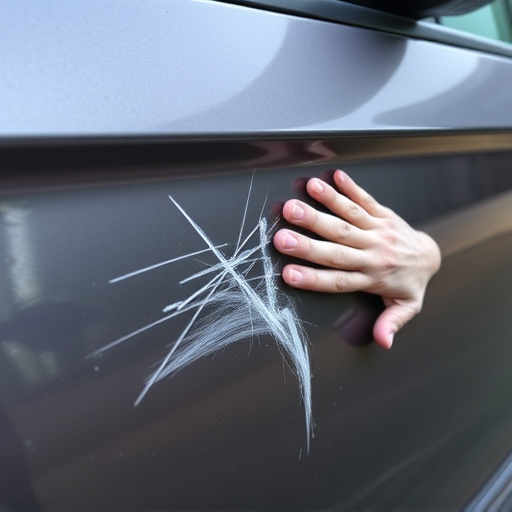
In the realm of collision repair, delays are a common concern that can significantly impact customer satisfaction and business efficiency. To address this issue, automotive repair services must focus on streamlining their processes. One effective strategy is to implement digital solutions for estimating and invoicing, which can reduce manual errors and speed up administrative tasks. Additionally, integrating advanced inventory management systems helps in promptly sourcing and allocating parts, especially when dealing with specialized auto glass replacement or intricate car repair services.
By optimizing these areas, collision repair shops can enhance their overall productivity. Efficient workflows ensure that vehicles move through the shop more quickly, minimizing wait times for customers. This, in turn, fosters a positive perception of automotive repair services and encourages repeat business. Streamlined processes also allow technicians to allocate more time to intricate repairs, ensuring high-quality work without compromising speed.
Enhancing Communication for Timely Collision Restoration
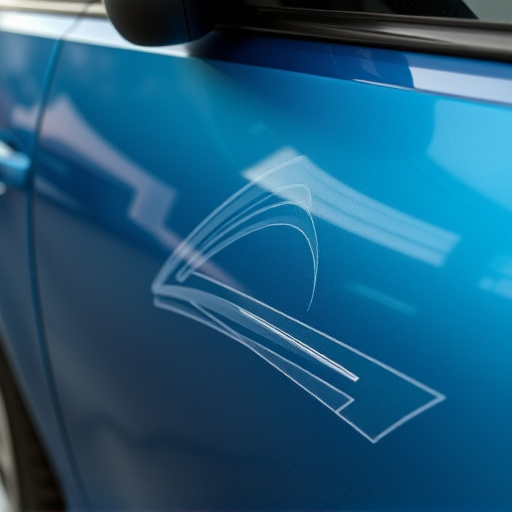
Effective communication plays a pivotal role in mitigating delay concerns related to collision repair. When a vehicle experiences a collision, swift and transparent interaction between the insured, repair shops, and insurance providers can significantly streamline the restoration process. This begins with a clear assessment of the damage, where detailed reports are documented, ensuring all parties have an accurate understanding of the scope of work required for dent repair or auto body repair.
A well-coordinated communication network allows for better resource allocation, faster decision-making, and more efficient scheduling. Regular updates on the status of vehicle restoration, including any unforeseen challenges, help manage expectations and prevent delays from turning into extended periods of inconvenience. Ultimately, enhancing communication channels fosters a collaborative environment, ensuring everyone works towards the common goal of timely and quality vehicle restoration.
Delay concerns in collision repair can significantly impact customer satisfaction and shop profits. By understanding common causes such as parts availability, labor allocation, and documentation processes, shops can implement effective strategies to reduce delays. Streamlining operations, enhancing communication between staff and customers, and adopting digital tools for scheduling and tracking progress are key steps towards expediting collision restoration. These measures not only improve efficiency but also foster a more responsive and reliable service experience.
